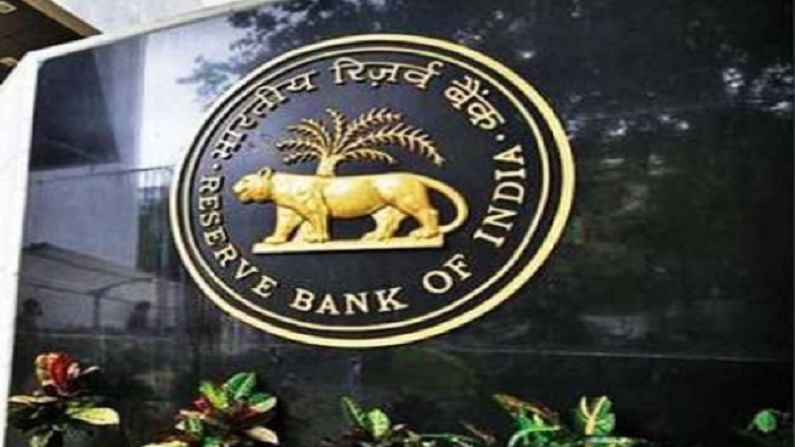RBI to set up panel to undertake comprehensive review of ARCs
To facilitate smooth functioning of Asset Reconstruction Companies, RBI decided to set up a panel to undertake a comprehensive review of the working of such institutions

Mumbai: To facilitate smooth functioning of Asset Reconstruction Companies (ARCs), the Reserve Bank on April 7 decided to set up a panel to undertake a comprehensive review of the working of such institutions.
In the latest Budget, Finance Minister Nirmala Sitharaman announced setting up of Asset Reconstruction Company and Asset Management Company to tackle stressed assets.
After enactment of the Securitisation and Reconstruction of Financial Assets and Enforcement of Security Interest (SARFAESI) Act in 2002, regulatory guidelines for ARCs were issued in 2003 to enable the development of this sector and to facilitate the smooth functioning of these companies.
Since then, ARCs have grown in number and size but their potential for resolving stressed assets is yet to be realised fully, RBI Governor Shaktikanta Das said on April 7 while announcing the first bi-monthly monetary policy for the current financial year.
“It is, therefore, proposed to constitute a committee to undertake a comprehensive review of the working of ARCs in the financial sector ecosystem and recommend suitable measures for enabling such entities to meet the growing requirements of the financial sector,” he said.
In her Budget speech in February, Sitharaman had said the high level of provisioning by public sector banks of their stressed assets calls for measures to clean up the bank books.
“An Asset Reconstruction Company Limited and Asset Management Company would be set up to consolidate and take over the existing stressed debt and then manage and dispose of the assets to Alternate Investment Funds and other potential investors for eventual value realization,” she had said.
In a bid to expand the Centralised Payment Systems, RBI has also decided to increase the membership in them.
The RBI-operated Centralised Payment Systems—RTGS and NEFT—is currently limited to banks, with a few exceptions.
“It is now proposed to enable non-bank payment system operators like Prepaid Payment Instrument (PPI) issuers, card networks, white-label ATM operators and Trade Receivables Discounting System (TReDS) platforms regulated by the Reserve Bank, to take direct membership in CPSs,” he said.
This facility is expected to minimise settlement risk in the financial system and enhance the reach of digital financial services to all user segments, he added.
With a view to encouraging farm credit to individual farmers against pledge/ hypothecation of agricultural produce, Das said it has been decided to enhance the loan limit under priority sector lending from Rs 50 lakh to Rs 75 lakh per borrower. This will be done against the pledge/ hypothecation of agricultural produce backed by Negotiable Warehouse Receipts (NWRs)/ electronic NWRs (e-NWRs) issued by warehouses registered with the Warehousing Development and Regulatory Authority (WDRA).
For other warehouse receipts, the loan limit for classification under priority sector lending will continue to be Rs 50 lakh per borrower, he added.